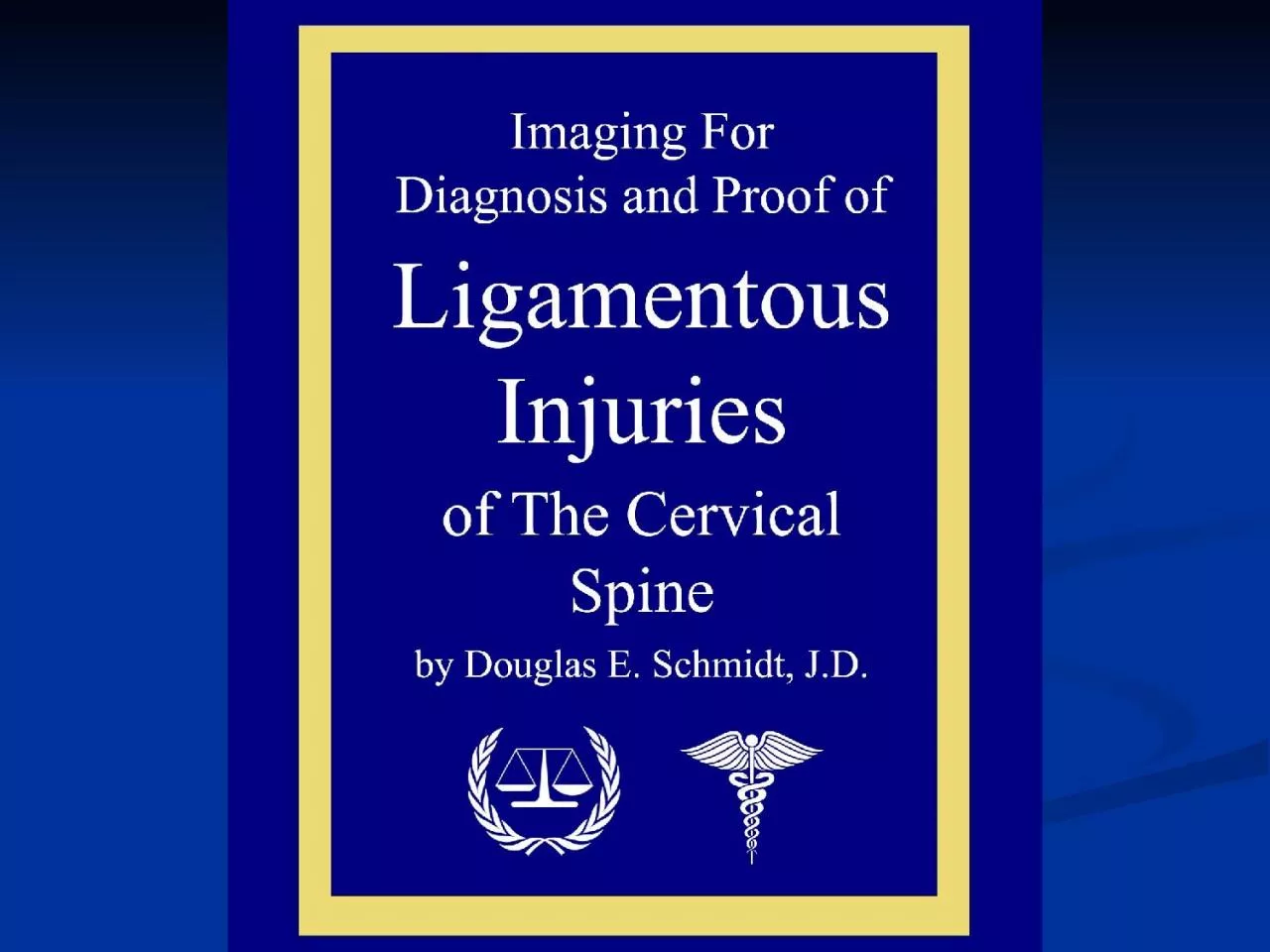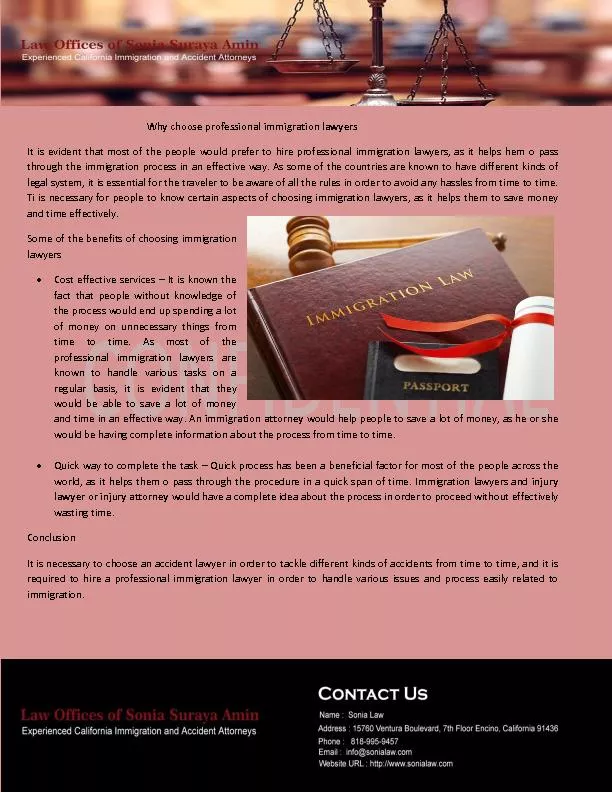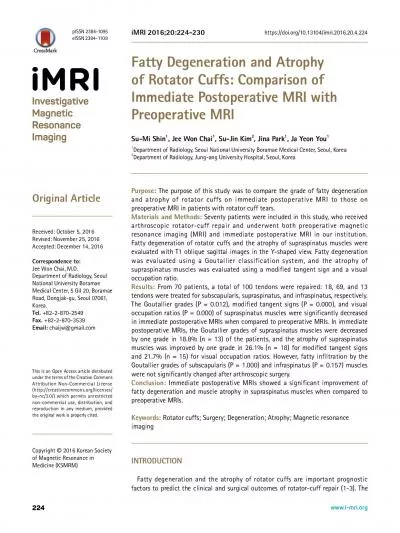PPT-For the first part of my legal career as a personal injury lawyer, we didn’t have MRIs—and,
Author : holly | Published Date : 2022-06-07
When I started seeing MRI scans proving the existence of disc injuries I was happy for the new technology but sad for all of those past clients who didnt get justice
Presentation Embed Code
Download Presentation
Download Presentation The PPT/PDF document "For the first part of my legal career as..." is the property of its rightful owner. Permission is granted to download and print the materials on this website for personal, non-commercial use only, and to display it on your personal computer provided you do not modify the materials and that you retain all copyright notices contained in the materials. By downloading content from our website, you accept the terms of this agreement.
For the first part of my legal career as a personal injury lawyer, we didn’t have MRIs—and,: Transcript
Download Rules Of Document
"For the first part of my legal career as a personal injury lawyer, we didn’t have MRIs—and,"The content belongs to its owner. You may download and print it for personal use, without modification, and keep all copyright notices. By downloading, you agree to these terms.
Related Documents














